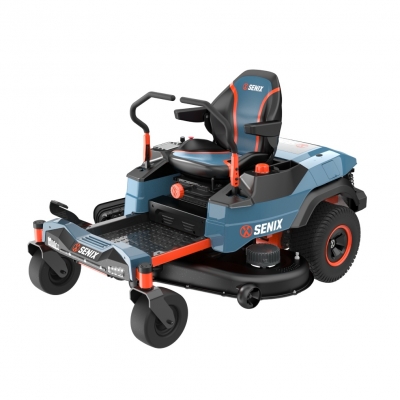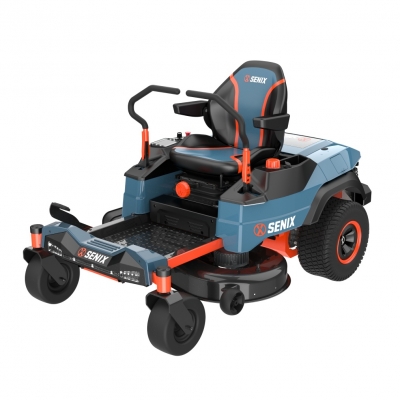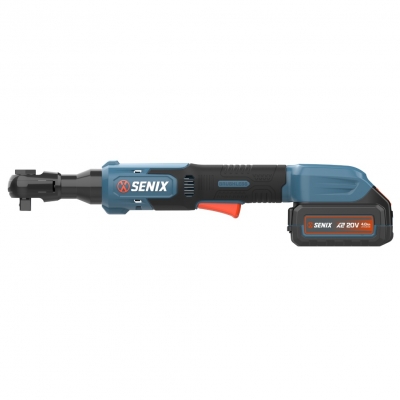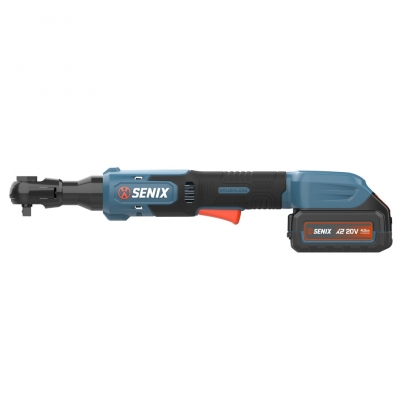What is a Brushless Ratchet Wrench?
When you step into the world of power tools, you'll quickly hear about brushless ratchet wrenches. At first, the term might sound overly technical, but in reality, it refers to a compact, battery-powered wrench designed to save time and effort in fastening and loosening bolts—especially in tight spots. With years of using both brushed and brushless versions in automotive and equipment repair, I can say brushless ratchets have become one of my go-to tools.
Let's break down what makes them different, why they matter, and how to choose the right one for your work.
1. Do You Know How Brushless Ratchet Wrenches Work?
A brushless ratchet wrench looks a lot like a regular ratchet, but instead of relying on manual force, it uses a motor to rotate the socket. The "brushless" part means it's built with a modern electronic motor system that doesn't use carbon brushes to transfer energy.
In practice, this means less friction inside the motor, less heat buildup, and more efficient power transfer. The result is smoother operation, longer tool life, and consistent torque delivery. When you're under the hood of a car or working inside a machine, this efficiency translates to real convenience—you get the job done faster without draining the battery as quickly.
SENIX 20V Brushless 13mm(1/2'') Ratchet Wrench
2. What's the Difference between Brushless and Brushed?
The biggest difference comes down to motor design:
Brushed Motors: Older design, use physical brushes to deliver electricity. Cheaper but wear down faster, need more maintenance, and waste energy as heat.
Brushless Motors: Electronic control replaces brushes, reducing friction and extending the motor's lifespan. More expensive upfront, but they run cooler, quieter, and more efficiently.
From personal experience, a brushed ratchet will do fine for occasional home use, but if you're relying on it daily—say in a repair shop or factory—brushless is the smarter investment.
3. Benefits of Using Brushless Ratchet Wrenches
So why go brushless? Here are the key advantages I've noticed:
Longer lifespan: With no brushes wearing out, the motor can last years longer.
Better energy efficiency: Each charge goes further, which means fewer battery swaps in the middle of work.
More consistent power: The tool doesn't fade as the battery drains; torque delivery remains stable.
Lower maintenance: No brushes to replace, and fewer issues with overheating.
Compact and user-friendly: Smaller and lighter than many impact tools, making them perfect for tight spots.
SENIX 20V Brushless 9.5mm(3/8'') Ratchet Wrench
4. Torque, Speed, and Battery Life: What to Expect
Buyers often want to know if a brushless ratchet wrench is strong enough. The truth is, these tools aren't designed to replace high-torque impact wrenches. Instead, they strike a balance:
Torque: Typically ranges from 30–70 ft-lbs, plenty for most engine bay bolts, interior screws, and general equipment fasteners.
Speed: Brushless motors deliver smooth, consistent RPMs, so you get fast removal and installation without jerky movements.
Battery Life: A brushless model usually runs 20–30% longer than a brushed one, especially if paired with high-capacity lithium-ion batteries.
In real use, I've tightened hundreds of bolts on a single charge with a brushless ratchet—something brushed tools rarely manage.
5. Application: When to Choose a Ratchet Wrench Instead of an Impact Wrench
A common question is: why not just buy an impact wrench? The answer comes down to fit and finesse.
Tight Spaces: Ratchet wrenches are slimmer and shaped like a manual ratchet, making them ideal for areas where an impact wrench simply won't fit.
Control: They offer more control for delicate work where too much torque could damage the fastener.
Convenience: Ratchets are lighter, easier to maneuver, and quicker for repetitive fastening.
If I'm dealing with stubborn, rusted bolts, I reach for an impact wrench. But for everyday assembly or engine work, the brushless ratchet wrench is my first choice—it saves time without overkill.
6. Why Brushless Models are Worth the Investment?
Yes, brushless ratchet wrenches cost more than brushed ones, but the benefits are worth it in the long run. You get:
A tool that lasts longer without frequent repairs.
Better efficiency, meaning fewer batteries and chargers needed.
Higher resale value if you ever upgrade your tools.
Think of it as buying reliability and convenience. In my workshop, switching to brushless models cut down tool downtime and battery waste significantly. For professionals and serious DIYers, the initial price difference pays itself back quickly.
And if you're wondering where to start, brands like Senix offer reliable brushless ratchet wrenches that balance performance, durability, and affordability. Their cordless lineup is designed for people who want professional-grade efficiency without overspending. Exploring Senix could be a smart step if you're ready to upgrade your toolkit.


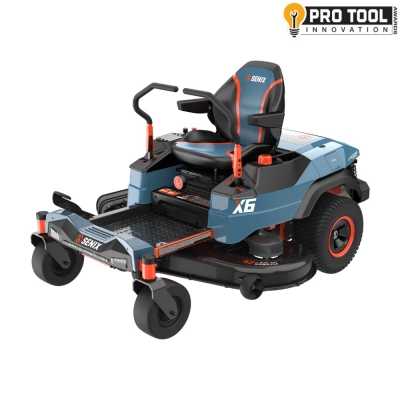
 (5.0)
(5.0)